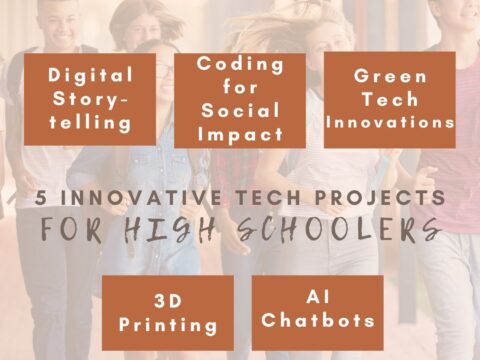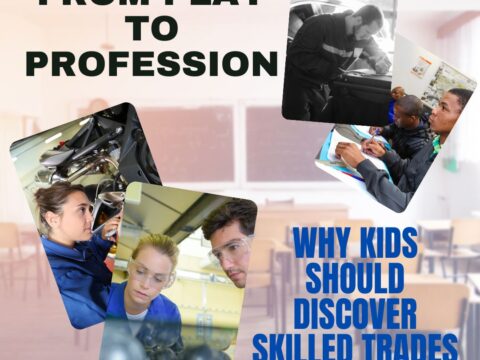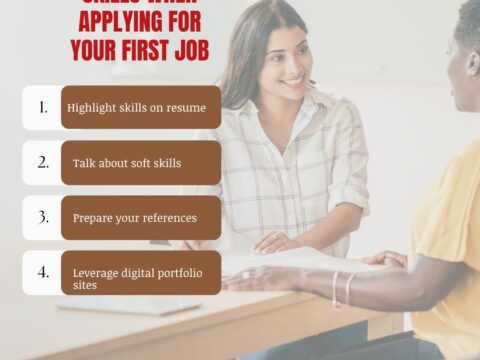.
 ,.
,.How to Inspire High School Students to Pursue a Career in Software Engineering

Photo courtesy of Pexels
Getting high school students excited about software engineering isn’t always easy. The subject sounds complex, the career path feels far away, and most teens have other things on their minds. Let’s explore how to spark interest early, show real-world impact, and give students a clear path from the classroom to a career in tech that actually feels achievable.
Connect Software Engineering to Real-World Impact
For most teens, talking about theory isn’t enough; what grabs them is knowing what builds the apps they use, the games they love, and the real tools behind everyday technology. When students realise software is behind everything from Spotify to Snapchat, it feels less like homework and more like something they already live with.
Once you have their attention, share real-world examples they haven’t thought about. Talk about engineers building tools for disaster relief, climate data, or accessibility tech. These stories show how coding helps people. If they’re serious about it long-term, something like a masters in software engineering online can help them build tools that change lives, not just screens.
And sometimes, the spark comes from seeing tech used in completely unexpected ways. Whether it’s farmers using software to monitor crops or artists using code to generate digital installations, these examples prove that software isn’t just for Silicon Valley, it’s everywhere.
Introduce Practical Skills Through Coding Programs
Letting students code, build, and see something work on screen changes their perspective entirely. Once they get that first small win, like a game that actually runs or a website that responds, they feel capable. That moment sticks with them, as it often does when students start planning early for a tech-focused future.
That feeling leads to questions, like how real developers do it, how bigger systems work, how software runs behind the scenes. Tools like Raspberry Pi, Unity, or basic app builders become stepping stones. If they keep pushing, they’ll eventually want something more serious. That’s where a masters in software engineering starts making sense, it becomes a goal, not just a dream.
Encourage Mentorship and Career Path Visibility
Students often struggle to picture themselves in tech because they rarely meet people who actually work in it. Bringing in mentors, whether recent grads or experienced engineers, makes the idea of a career in software feel a lot more reachable.
That shift matters, as it gives students a face, a voice, and a backstory to connect their own journey to, especially when they wonder if software engineering is still worth it in 2025. Once that connection forms, you have something real to build on. Mentorship helps replace doubt with direction, and that small shift can change everything.
One way to make that connection even stronger is through alumni panels, tech career days, or virtual Q&As with professionals. These moments let students ask honest questions, hear real answers, and picture themselves following a similar path, and with their own twist.
Endnote
Inspiring high school students to pursue software engineering starts by making it feel real. When they can see its impact, it no longer feels out of reach, especially when schools find creative ways to bring more technology into under-resourced classrooms. With the right support, tools, and guidance, students stop asking if they can belong in tech and start planning how.
Here’s the sign-up link if the image above doesn’t work:
https://forms.aweber.com/form/07/1910174607.htm
“The content presented in this blog are the result of creative imagination and not intended for use, reproduction, or incorporation into any artificial intelligence training or machine learning systems without prior written consent from the author.”
Jacqui Murray has been teaching K-18 technology for 30 years. She is the editor/author of over a hundred tech ed resources including a K-12 technology curriculum, K-8 keyboard curriculum, K-8 Digital Citizenship curriculum. She is an adjunct professor in tech ed, Master Teacher, freelance journalist on tech ed topics, and author of the tech thrillers, To Hunt a Sub and Twenty-four Days. You can find her resources at Structured Learning.





































